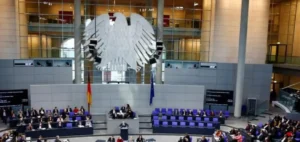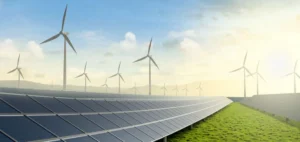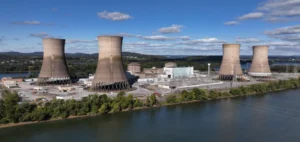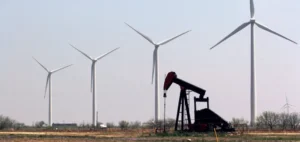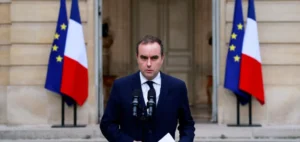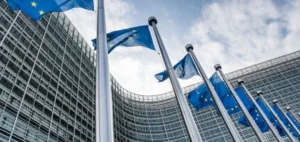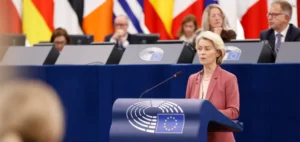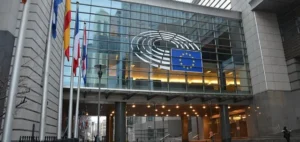Southeast Asia must redouble its efforts to accelerate its energy transition. This requires considerable investment. In fact, according to IRENA, states in the region need to more than double their annual investments in renewable energy.
Southeast Asia to invest $210 billion
According to the International Renewable Energy Agency, Southeast Asian nations will need to invest an average of $210 billion per year.
This means investing in several areas essential to the energy transition, such as renewable energy and energy efficiency. In addition, the region must support technology and infrastructure. This annual investment will have to last until 2050 in order to limit the global temperature increase to 1.5°C.
The amount is colossal. This is more than 2.5 times the amount that is currently projected by the states. However, IRENA stresses its importance.
Francesco La Camera, Director General of IRENA, explains:
“Removing coal, coupled with renewables and regional grid interconnection, is a necessary step toward achieving net zero emissions goals.”
What solutions for the region?
Southeast Asian states appear to be moving in this direction. In fact, half of the ASEAN members have committed to moving away from the use of coal in the power sector. However, the region has an important reserve of this fuel. Exports often sustain economies. Indonesia, for example, is the world’s largest exporter of thermal coal.
Nevertheless, Southeast Asia can also develop renewable energy. The region is home to 25% of the world’s geothermal production capacity. Francesco La Camera insists that climate action is urgent. However, it must be concerted and, above all, it “must start now”.
Southeast Asia is now setting targets for renewable energy. By 2025, it aims to have 23% of its primary energy from renewable sources. Nevertheless, IRENA does not seem very optimistic. In view of the investments made in recent years, this objective seems difficult to achieve.



